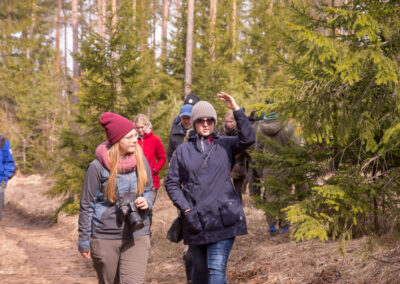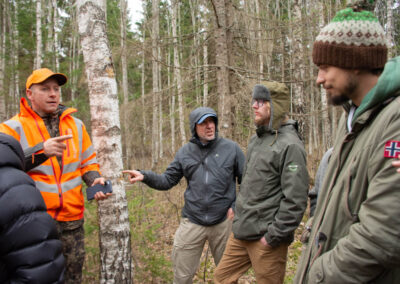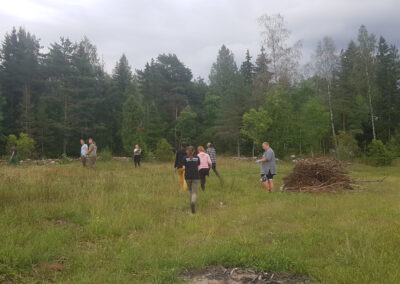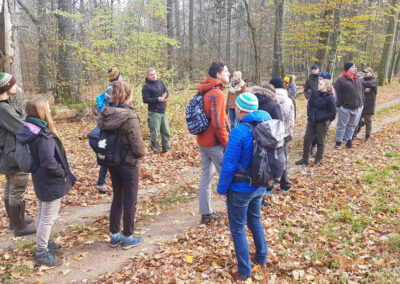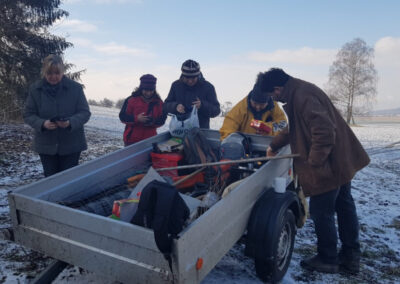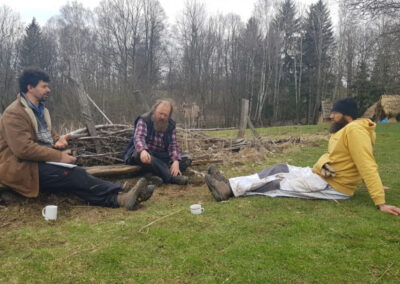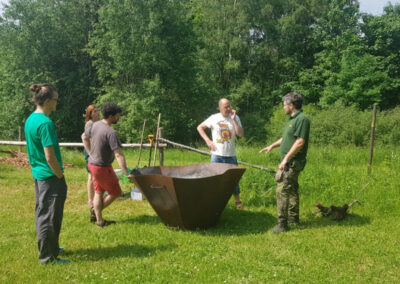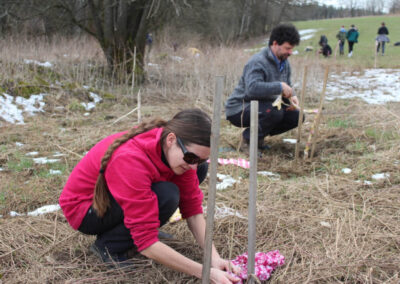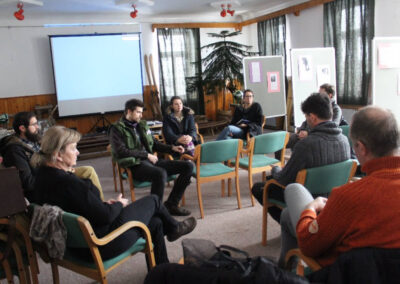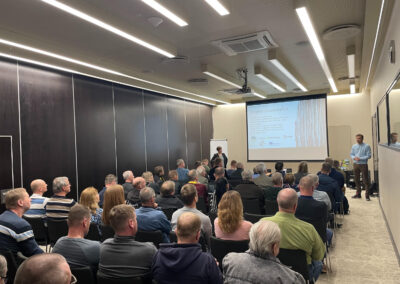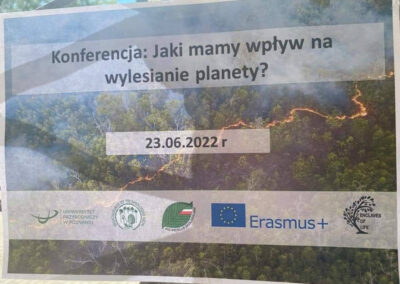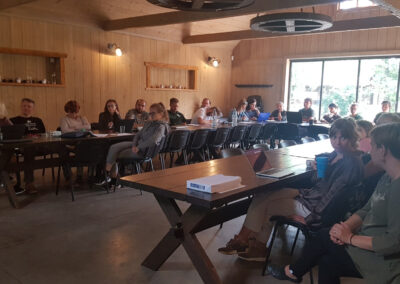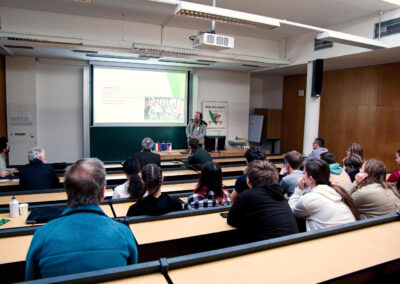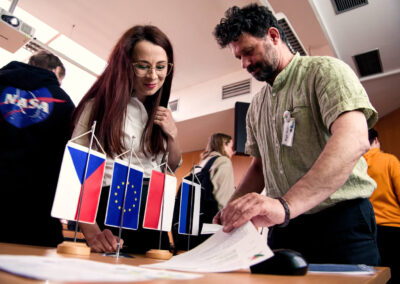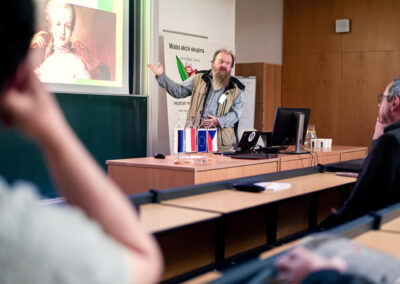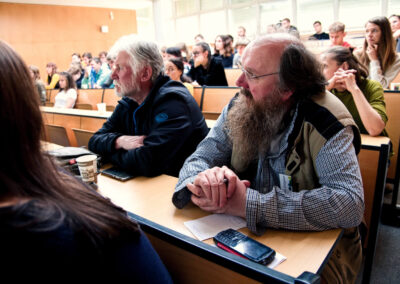
SDRUŽENÍ SPLAV
Enclaves of life
Let’s talk about the forest. About what such a forest can look like, what we can dream about and what can be achieved…
Sdružení SPLAV
Let’s talk about the forest…
Let’s talk about the forest. About what such a forest can look like, what we can dream about and what can be achieved. About motivation and environmental issues. Let’s keep our eyes open and explore alternative approaches to forest management. Let’s forget the classics and be a bit punk.
Let’s try to imagine that the secondary function of the forest shifts to the primary function – that environmental quality and climatic, ecological and social functions are seen as prior to economic ones. In our enclaves this is possible.
Map of forest activities
Zoom to Forest eventst
Dissemination
Press play and watch
Guidebook through forest punk
Click to Forest wisdom
Forest card
Download Forest card and create own enclave
OUR MISSION
Enclaves of life
Enclave of life
Enclave means `territory within another territory‘. The word has its origin in the Latin inclavare – to lock or enclose. It refers to a territory of a state that is completely surrounded by another state and without access to the sea, or a nation that is completely surrounded by another nation. In civil law, it refers to a piece of land that is inside another piece of land and is not accessible by any public road.
So if we borrow that term, we get a territory, an ecosystem, that is surrounded by some other, completely different ecosystem. When we add life to this, our ecosystem, our enclave, becomes an oasis that is thriving with life and is locked in a place where life is limited. By life we mean life that is varied, passionate and species diverse, represented by flora and fauna that have an important place in the Czech landscape.
We are aware that it would be quite ideal for living, thriving nature to be part not only of an enclosed unit, but also of our everyday lives and ordinary environment. We firmly believe that one day such a turn will happen. But every great work is preceded by a first step, and we feel that creating small islands of life wherever possible is a solid start.
Enclaves of life project
The ‚Enclaves of Life‘ project addresses small landowners or forest owners who would like to create a biodiversity- and ecology-valuable living forest space on their land, with the aim of creating space for insects, small vertebrates and birds. It also reaches out to experts from research, education and other non-profit organisations with the possibility of using their recommendations and findings on a pilot basis. Project is also reaching out to local communities, especially young people, with an offer to take over the deprived farm forest in the neighbourhood of their homes and to participate in a particular way in improving the future of our landscape.
The aim of the project is to bring together initiators, committed groups, young people and local communities in the three countries and strengthen their interest and participatory exploration towards sustainable community forestry on a small scale. Through bringing people together, seeking questions and obstacles and answers, supporting outputs and discussions at forest workshops and conferences, it will try to contribute to changing the perception of forest by local communities and to disseminate forest activism.
It will use pilot plots to show how to establish and maintain a forest with enhanced secondary function on a small area, i.e. an ecosystem that provides benefits and enjoyment to its owners while maintaining high biodiversity and ecological and landscape importance.
In order to capture and describe a wider range of experiences and recommendations, foreign partners were invited to join the project – POLISH ECOLOGICAL CLUB IN KRAKOW, GLIWICE CHAPTER and Western-Harju Partnership (see description of partners‘ experiences). SPLAV association and its partners have a common goal – to connect interest groups in the field of ecology and forest protection, to find and publish examples of good practices and to prepare and present to the public a guide for their own activities.
Guidebook through forest punk
Click to Forest wisdom
Guidebook through forest punk
Click to Forest wisdom
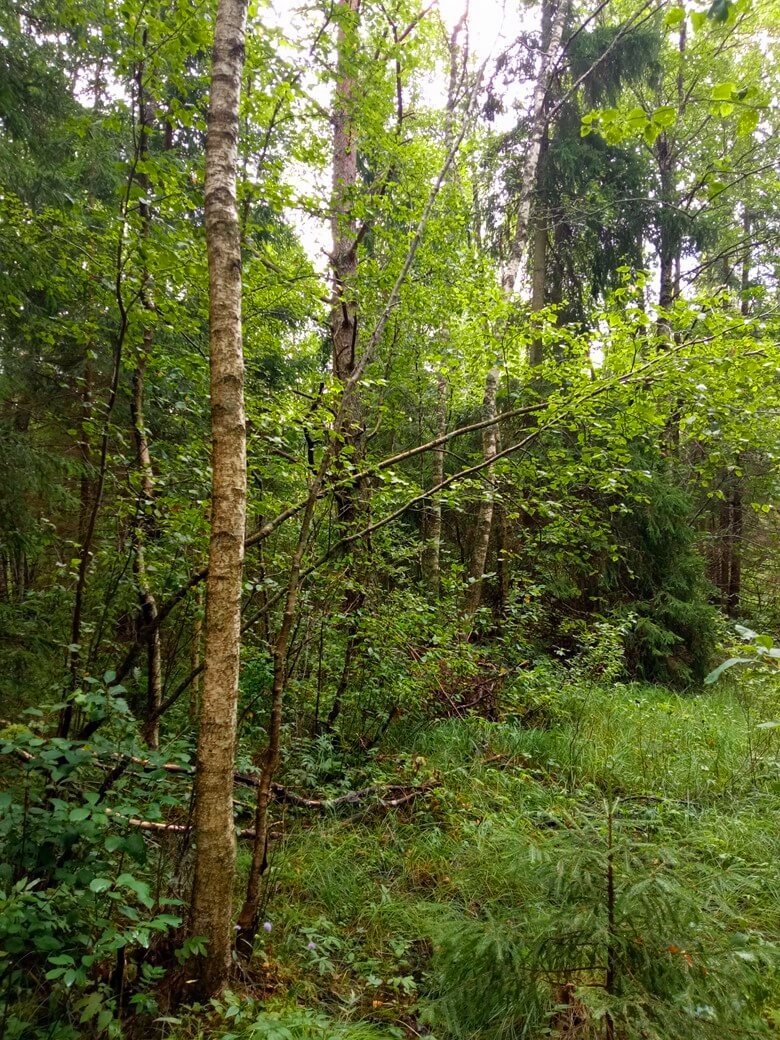
Project partners
Association SPLAV, z.s.
Association SPLAV, z.s. – a Czech non-profit organization that develops rural areas and addresses environmental and social issues.
Association SPLAV was founded in 2004 as a local action group. The total area of its territory is about 480 km2 and it has about 36,000 inhabitants. SPLAV works for 31 municipalities of the Rychnov n/K district and has 54 members – representatives of the public and private sector, entrepreneurs, and non-profit organizations. Its focus is to support the development of the region. Currently, the Association has 10 employees working in the LEADER program and on other projects – Local Action Plan for Education, environmental and social projects, and international projects. These activities help to improve relations in local communities and strengthen their relationship with the region. Many of the projects implemented cross more than one field, and their common goal is to strengthen the relationship of local people with the place where they live and with each other.
Polish Ecological Club Gliwice
Polish Ecological Club Gliwice – a Polish environmental organization that educates and networks.
Polish Ecological Club is a national non-profit, non-governmental organization. It was founded in 1980 as the first independent ecological organization in the communist bloc openly opposing the philosophy of degradation of natural resources in the service of industry to implement and develop the idea of sustainable development.
Western Harju Partnership
Western Harju Partnership – a non-profit that lives for the Estonian countryside and forests.
Lääne-Harju Koostöökogu (Western-Harju Partnership) is an Estonian non-profit organization that was established to support rural life and local initiatives in the Western Harju region in cooperation with NGOs, entrepreneurs, and municipalities from the territory. Western-Harju Partnership is a Local Action Group (LAG) of the European LEADER support scheme. The LAG Western-Harju Partnership was established in 2006 and has a total of 77 members in 2 municipalities. The population is almost 20 000 people, and the territory covers an area of over 1000 km2. One of the important characteristics of the area is its proximity to the capital Tallinn.

STORIES
Forest events
Forest workshops
We met six times and spent six intense weeks together in Poland, Estonia and Czech Republic. Learning about alternative approaches to the forests, finding the specifics and differences of forest types and ecosystems in different countries, understanding forest management options, sharing small forest stories and experiences, talking with experts and forest owners, working on the pilot ´soon to be´ enclaves, admiring what can be done and achieved…
In Estonia we focused on concept of healing forests and its parameters, forests in areas of increased public interest, forest law, management and ecosystem services, trends of future development in forestry from the perspective of small private forest owners and representatives of state forests, peat forests and peat bogs, cultivation, and medicinal use of the Chaga fungus and carbon storage and carbon farming.
In Poland we learned about forest bees rearing, forest management and ways of restoring native forest habitats in areas of different levels of protection, wildlife monitoring, bisons and bats, non-intervention forests, forest herbs and folk medicine, bushcraft or specifics of urban forest management.
In Czech republic the topics were forest management with the specifics of large private owners of monocultured forested mountains, the intertwining of nature conservation and forest management in the legal and historical framework, management of protected and unprotected stands, historical and medieval forest in the context of ecumene, edible forest, modern and traditional links between therapy and the forest (Therapy amongst the trees, Forest mind), forest pedagogy, forest seed bank, bark beetle calamity and its impacts or mass tourism and forestry.
The trip to Estonia was unique. Forest means to people more than just a profit there. They see it as part of their lives, their identity. The local experts have a lot to share, they gave us so much information about the forest, what it means to them, how they take care of it, etc. I think we still have a lot to learn. (Matěj, 18)
I had a good feeling that it was going to be a cool experience with cool people already at the airport – and it became one big cool experience filled with several other cool experiences inside. The most interesting topic for me was how important it is to protect and defend every „hectare“ of forest. It’s something that is starting to be talked about more and more, and it would be nice to spread that message further. My relationship with the forest has very much deepened after this expedition and I intend to continue to educate myself and learn new things about it.
(Joseph, 19)
Small forest rendezvous
And we were meeting also on the local level, working, and helping in the pilot forests, bringing together experts and forest owners, learning what is the forest like in different seasons, observing how it is developing and grasping the changes, discussing what can be done and how.
Forest disputations
We were spreading the alternative forest philosophy and sharing what we learned and created in various occasions in all partner countries. We organized seminars, conferences, and expert discussions for the public in general or various target groups and we took part in festivals and exhibitions.
Conference Forest(ry), (Bio)Diversity, C(ulture)omunity
For two years we have been going to the forest and thinking about what it can be for us, how to deal with a small piece of forest in our own way, how to have in it what we dream of. How to make the forest a sanctuary, how to have berries in it, how to invite animals in it, how to adapt it for therapy or how to establish it to spread diversity in the surroundings… We met with experts and people who live in the forest. In April, we met in the forest near Dvůr Králové and at the University of Hradec Králové to pass on some important topics to others and inspire them to think, to debate, to change their view of the forest.
Covered themes – Therapy among trees (the concept and benefits of psychotherapy in connection with the forest environment), the history and development of the settlement of the forest landscape and showed medieval concepts of forest management, how climate is changing forests and what can we do about it, important forest tree species with ameliorative and strengthening properties, current agroforestry trends, edible forests and forest gardens and their benefits for us and for nature, historical forest crafts and the possibilities of their application today and the Finnish School Forest Mind. The topic of the panel discussion was ´What we can expect from forests in the future´.
Pilot forests
More than different fifteen forests in three different countries. Existing enclaves of life or enclaves of life on the way. Follow the concrete examples and steps, get inspired and create your own forest enclave.
Bezzásahový les, Starorzecze, Polsko navštívili PDF →
Druhově bohatý les, Juchowo, Polsko PDF →
Les pro netopýry, Národní park Ojców, Polsko PDF →
Les pro včely, Augustów, Polsko PDF →
Obnovený komunitní les, Brusy, Polsko PDF →
Therapeutický les, Supraśl, Polsko PDF →
Znovuzalesněné oblast, Brzustowa, Polsko PDF →
